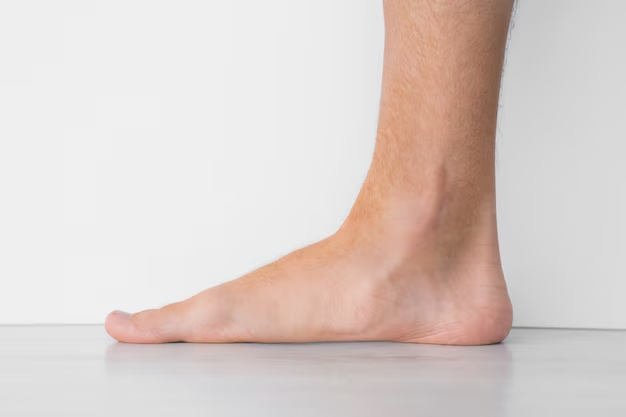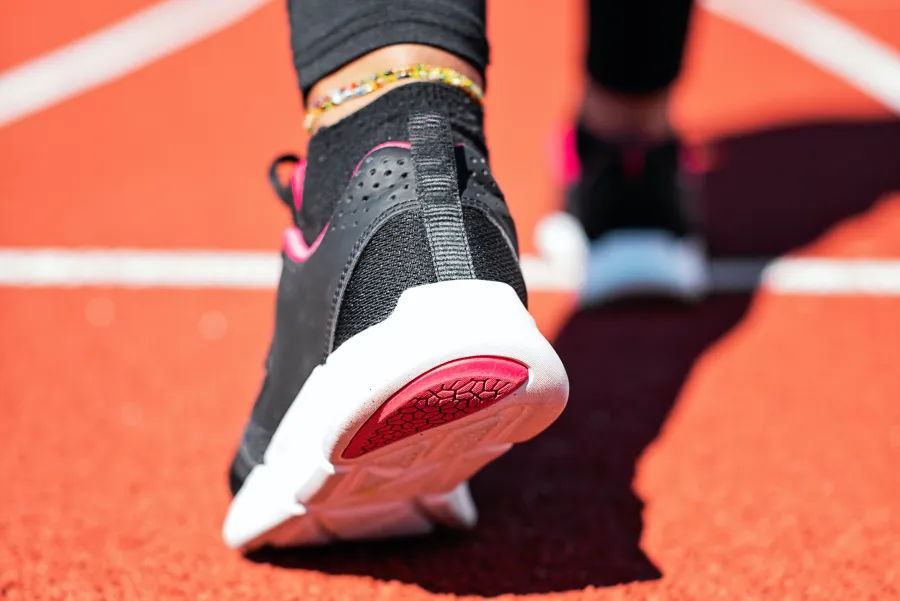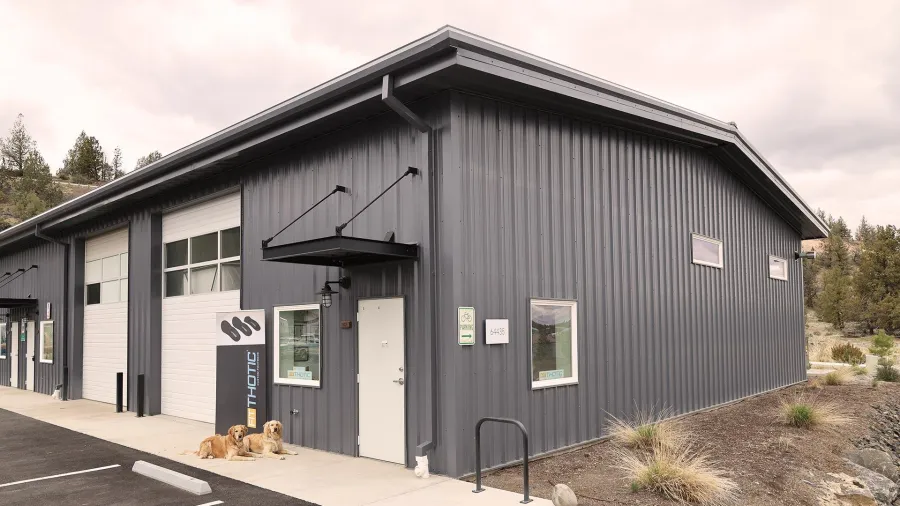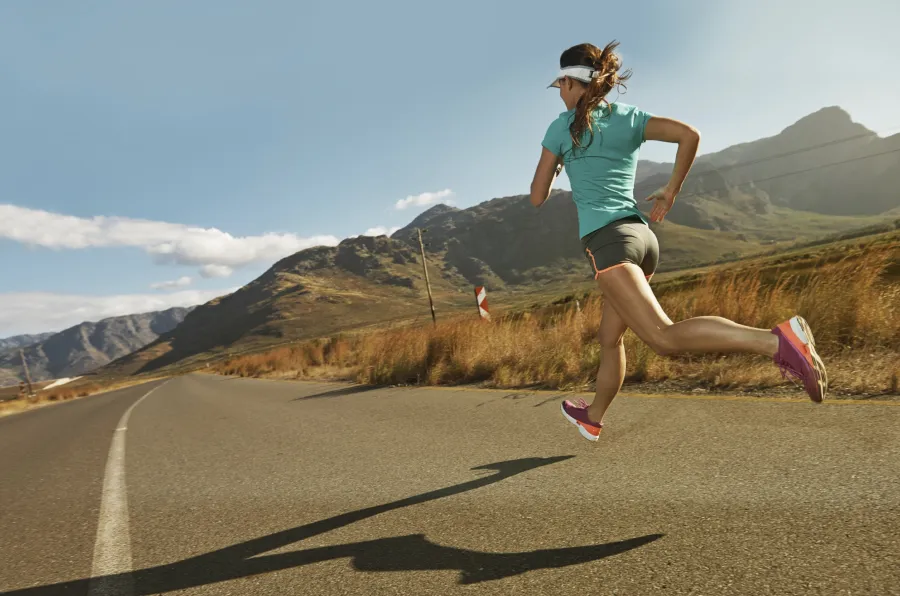Wellness • Medical
The Flat Foot

What’s your foot type?
The “Foot Type” series continues. If you read the first post illustrating the characteristics of the “high arched foot”, this foot type is the complete opposite. See if you can identify this common “flat foot type” in yourself, friends or family members.
Second on the list is “Pes Plano Valgus”; another fancy Latin word that means flat feet. In fact, so flat you could water ski without a ski. This foot shape evokes thoughts of miles of flat terrain “The great Plains”, “Planus”, welcome to the world of Flat, flat, flat feet.
Excessive pronation is very common; in fact, so common shoe companies make shoes with stability features to combat this. It’s estimated that 85% of the human population excessively pronates in one form or another. If this is you, you have a very flexible foot, often exhibiting a nice high arch shape when the foot is off the ground only to distort and collapse upon bearing weight. You are not the sprinters among us; in fact, you have literally lost the spring in your step and look like you are walking in sand. As the years go on and gravity takes hold, things get worse! As your foundation, the foot, is compromised, muscles, tendon, joints become effected. Bunions, osteoarthritis, tendonitis, knee, hip, back pain develop over time and are common. The younger you are the better chance you have to avoid damage. Foot types are often hereditary so do your children or grandchildren a favor and get them screened to avoid problems later in life.
So, what to do? First find somebody who understands the biomechanical pattern of the planus foot type (largely everted rearfoot, coupled with a large, flexible forefoot varus. Very flexible in nature) and have a “foot type” orthotic made. The goals of this orthotic are 1) control rear foot eversion, the tipping inward of the heel bone, support the natural arch shape that is present while non weight bearing, and literally, bend the foot around the orthotic to better position the foot and create a solid foot foundation.
With proper support, the severe pronated foot can avoid many common problems including hallux valgus (bunions), posterior tendon dysfunction (PTTD), knee, hip and lower back pain. Remember, a great orthotic design is as good as the shoe it is worn in, so this shoe should have a rigid mid sole, rigid heel counter and be substantial enough to support your body weight. Sorry, no flip flops.
Vince Catania, C.Ped is the owner/operator of FitThotic and FitThotic.com an orthotic manufacturer. He has dedicated his professional life to providing solutions for people with foot, ankle, knee, hip and lower back pain that is derived by faulty foot mechanics. He believes the quality of life is enhanced dramatically by our ability to move freely, uninhibited by pain. His Pedorthic practice consults people daily with video analysis through www.fitthotic.com and/or office visits at his office in Portland, Oregon. To make an appointment, call 503-992-6366 or 800-439-9043 or visit us on line.



